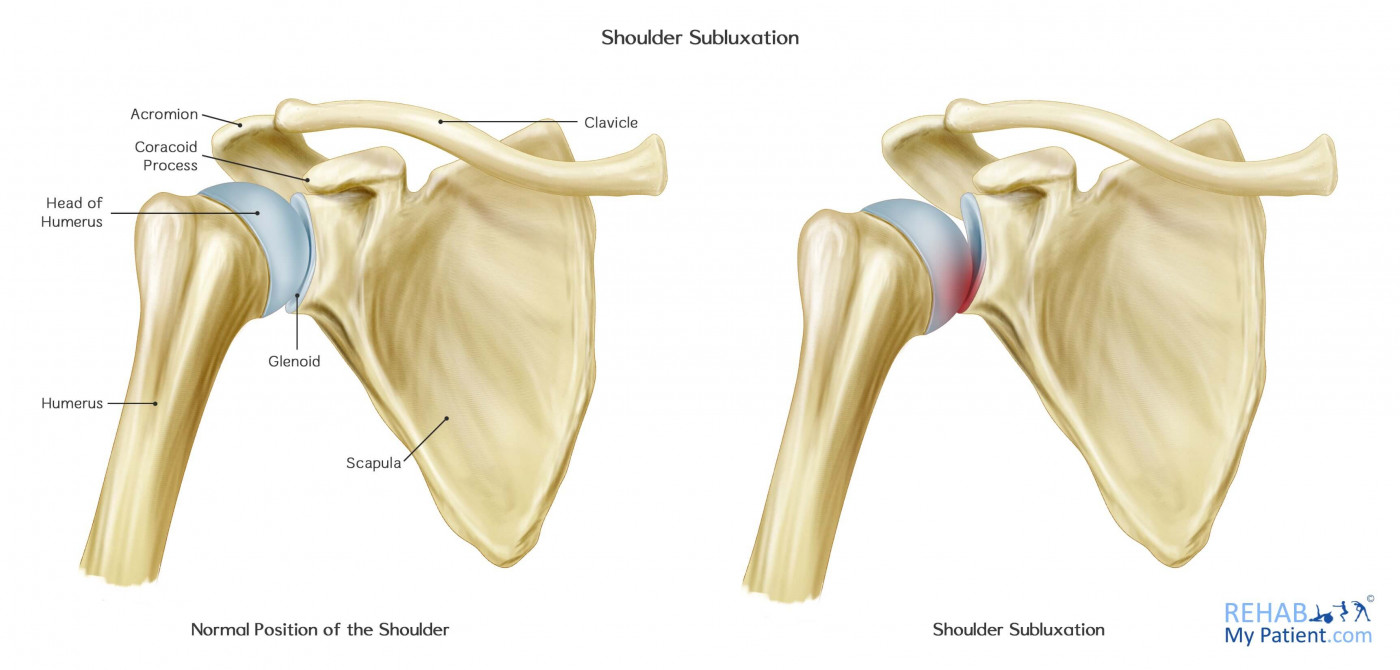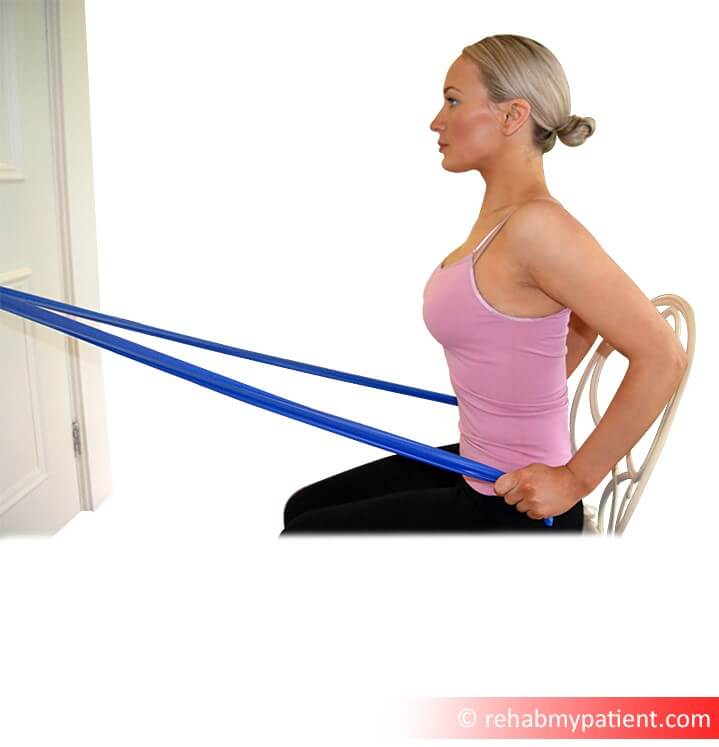
Shoulder subluxations are a temporary, partial dislocation within the shoulder joint. The ball of the upper arm is typically held in the socket of the shoulder by a group of ligaments. Ligaments are strong tissue bands that connect the bones together. In terms of a subluxation, the ball of the upper part of the arm will slip partially from the shoulder socket.
Shoulder subluxation is often caused by:
- Falling onto an outstretched arm
- Taking a direct blow on the shoulder
- Having the arm forced into a position that isn’t normal
- Common during snow sports and contact sports. Snowboarding, skiing, rugby and football are common sports where shoulder subluxation occurs
If you have had this type of injury before, the ligaments are going to be naturally loose. You could end up with a subluxation by doing nothing more than putting your jacket on or throwing something.
During a dislocation, the whole “ball” comes out of the socket. During a subluxation, the ball does not come out of the socket, but goes to the end of range of the joint before popping back into position a few moments later.
Shoulder Subluxation Anatomy
The shoulder is made up of three bones: the upper arm bone, the collarbone and the shoulder blade. The shoulder is actually a ball-and-socket joint. The ball of the upper arm fits securely into the shallow socket within the shoulder blade. Your arm stays in the socket by the rotator cuff. The rotator cuff is composed of four different muscles that join together as tendons and form a covering surrounding the head of the humerus. The rotator cuff connects the humerus to the shoulder blade and aids in rotating and lifting your arm.
There is a lubricating sac known as the bursa that lies between the rotator cuff and the bone that sits on the top of the shoulder. The bursa allows the rotator cuff tendons to freely glide whenever you move your arm. When the tendons are damaged or injured, the bursa will become painful and inflamed.

How to Treat a Shoulder Subluxation:
- Ice
Put ice on the affected area for 5-10 minutes at a time three to five times per day. Make sure to wrap the ice in a thin towel to prevent any ice burn from occurring.

- Anti-Inflammatory Medication
Taking an anti-inflammatory will help to prevent swelling and pain in the affected shoulder but long term use should be avoided.
- Rest
Take the time to rest and allow your shoulder the time it needs to heal. Refrain from any activity where the shoulder is in more pain. Gentle use is also recommended once the acute phase has settled.
- Strengthening Exercises
One of the most important treatments for this condition is strengthening exercises to help stabilize the joint and prevent further injury.

- Surgery
If all of the other treatment options fail to work, you might have to undergo surgery to tighten the joint.
Tips:
- Do a series of strengthening exercises on a regular basis to help maintain strength in the shoulder.
- Don’t return to a full range of activities until you are able to do so without pain and restricted movement.
- Wait until the shoulder has regained its normal strength before you participate in activities.
- Recovery time will vary from one individual to another based upon health, age and previous injuries.
- If your shoulder subluxes easily, you might have to undergo rehabilitation on a regular basis.
Sign Up
Sign up for your free trial now!
Get started with Rehab My Patient today and revolutionize your exercise prescription process for effective rehabilitation.
Start Your 14-Day Free Trial